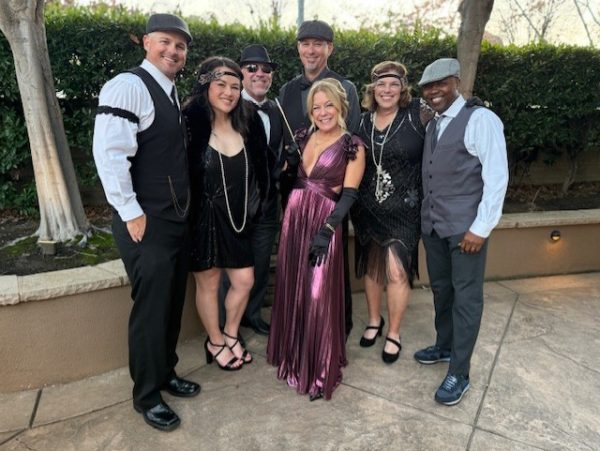Connection addiction

Currently 92% of 18- 29 year old in the United States own a smartphone. However increasingly higher rates of usage amongst adolescents, teens, and young adults is changing the way we see ourselves and the way we connect to the world around us.
According to a Pew Research Institute poll over half of American adults use Facebook at 79%. Other platforms rank in high usage amongst American adults include: Instagram at 32%, LinkedIn at 29%, and Twitter at 24%.
More and more of teens to young adults who frequently utilize social media platforms are showing behavioral symptoms as consequence. In one Twitter poll 94% of those polled had reported feeling or hearing imagery smartphone notifications. In another poll over half those polled, 52%, report an instinctive need to check their phones when an notification sound is heard, even if they do not believe it came from their device.
“I get anxious if I feel like i’m missing out” Justina Romano (11) in defense of her constant smartphone usage, “I’m always checking my phone but it’s more so I can be accessible if a friend or my parents need me”.
Fear of missing out, from jokes to social events is a rising factor in young anxiety and even depression. The impulse and constant need to be connected to others, in order to avoid missing out on a social gathering or opportunity, further imposes the vitality of the smartphone in youths daily lives.
“With not being in a traditional school anymore the only way I hear about friend hangouts is through Snapchat and text”, Sean Helany (11) “if I don’t have my phone I lose access to my friends”.
Culturally society as a whole is to blame for rising fear of missing out. Teens starting as young as middle school being pushed to over fill their plates, balancing school, extracurriculars, work, sports and a social life. While as a whole are putting less and less emphasis on the importance of time to oneself. Constant bombardment of information from commitments and peers creates an obsessive culture of wanting to be the first one “in the know” of events and information.
The usage of social media apps not only works to connect users but to make the connection feel like a competition.
“Honestly I get embarrassed” Alissa Dieteman (12) about social media post that do not receive a lot of interactions, “I rather just delete it”.
This attitude can contribute to lowering self worth by equating the value of your opinion to the amount of likes it receives. The virtual exchange through likes and comments keeps teens and young adults using and posting. The connections generated from social media posts release dopamine in the brain, giving a neurological reward from the social media stimulus.
When discussing the frequency of her social media posting, Juliana Zepta (11) responds; “between everything maybe 15 or 16 seperate posts”.
With various social media platforms, such as: instagram, twitter, snapchat, facebook and others, the more platforms a person is on the more time on posting is spent throughout the day.
“I have like 6 different accounts between instagram, twitter and snapchat”, Juliana Zepta (11).
The constant need to be heard online is additive for young persons seeking connections. Of persons polled 67% reported that they will check how many interactions, views, or likes their post has received, within one hour of posting it.










